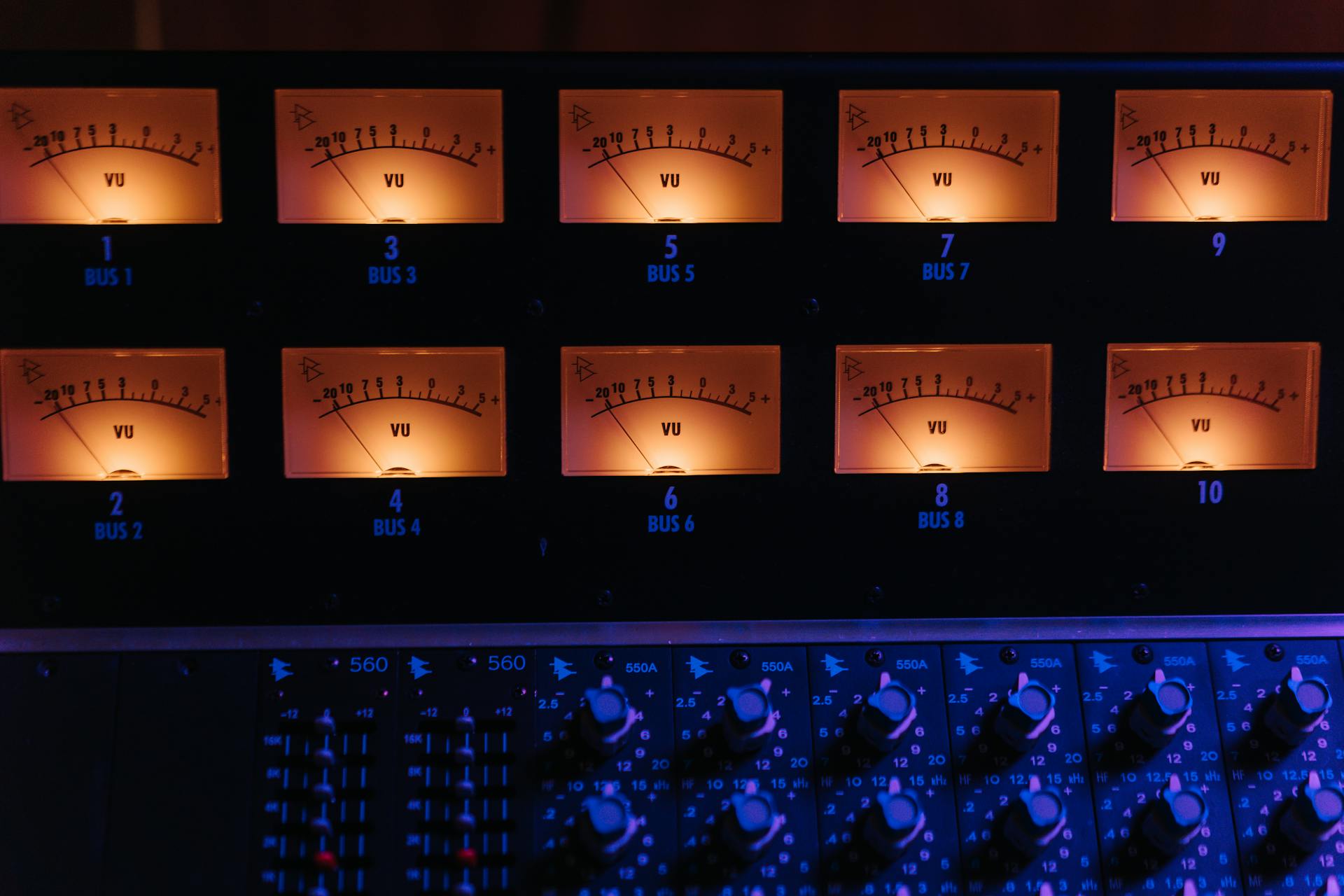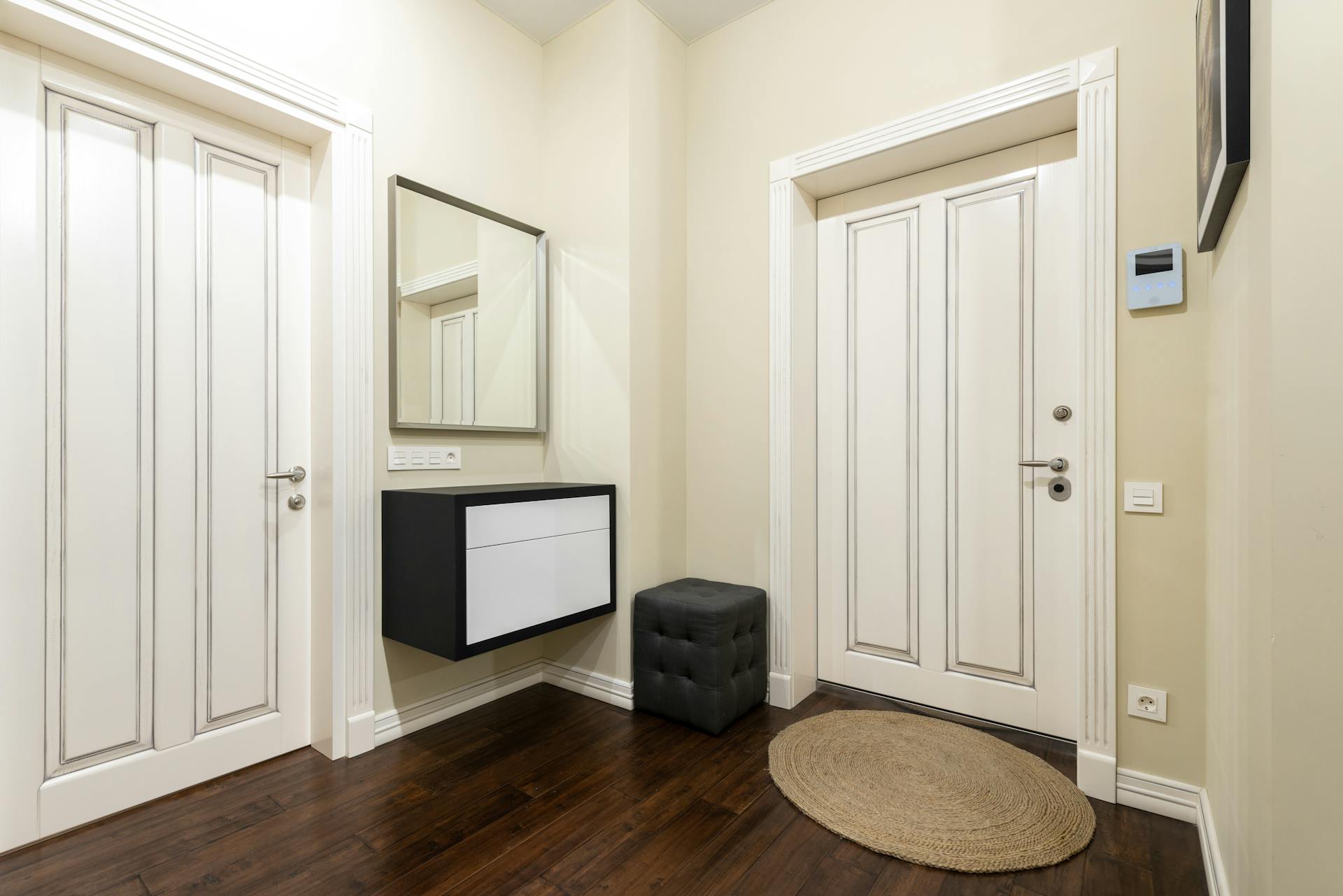
Optimal humidity levels are crucial in the design of healthy workspaces. Humidity refers to the amount of moisture present in the air, and it plays a significant role in human comfort and health. When designing workspaces, it's essential to consider optimal humidity levels as it can have a direct impact on the productivity and well-being of employees.
In today's story discover why maintaining optimal humidity levels is important for creating healthier work environments. Photo courtesy of leading workspace designers will be featured to give you an insight into how they're incorporating this element into their designs. We'll explore the effects of high and low humidity on human health and productivity, making it clear why striking a balance is crucial for creating functional and comfortable workplaces.
Summary of the Story: Discover What Happened
Do you know what the optimal humidity levels are for your indoor environment? Dr. Stephanie Taylor studied the effects of low indoor humidity on hospital patients and found that those in single rooms with low indoor air humidity suffered from respiratory infections to a greater degree. Infections resulting from E.coli and Salmonella cause over 100,000 deaths each year, making this a serious issue.
Dr. Taylor's study finds similar risks in office employees. A large study by the Federal Institute for Occupational Safety and Health showed an annual loss of $15 billion due to lost productivity and absenteeism caused by under-productivity due to excessively dry office air. Low indoor humidity levels foster respiratory infections, which can lead to employee illness and increased absenteeism for employers.
In purely economic terms, the use of humidity control devices such as steam humidifiers, in-duct adiabatic humidifiers, direct room spray humidifiers, and mobile humidifiers can increase employee productivity and reduce absenteeism. As an active member of ASHRAE serving on the Epidemic Task Force Environmental Health Committee, Dr. Stephanie Taylor is a distinguished lecturer and InciteHealth Fellow at Harvard Medical School and President of Building 4 Health as well as medical advisor to Condair Group who promote healthy indoor environments across health care manufacturing museum office residential settings alike through optimal relative humidity management.
Ease Your Skin and Breathing Symptoms with Humidifiers
Are you experiencing familiar problems caused by dry indoor air, such as dry sinuses, bloody noses, and skin irritations? If so, a humidifier may be the solution for you. Dry air is not only uncomfortable but also a health hazard that can lead to respiratory conditions.
Cool-mist humidifiers can ease symptoms by adding moisture to the air. However, it's important to note that regular maintenance is crucial for optimal performance. A dirty humidifier can breed mold and worsen asthma symptoms. So, before purchasing a humidifier or using one you already own, make sure to read the manufacturer's instructions on how to properly clean it.
When humidity levels stay in the optimal range of 30-50%, you'll notice significant improvements in your skin and breathing symptoms. So why not invest in a humidifier for your home or office? With proper maintenance and regular cleaning, a humidifier can truly ease problems caused by dry air and improve your overall well-being.
1. What are humidifiers?
Humidifiers are machines that release water vapor into the air to increase moisture levels, which can help maintain optimal air humidity types in your home. Types of humidifiers include central humidifiers, which work with your home heating and air conditioning systems, ultrasonic humidifiers that use ultrasonic vibration to produce cool mist, impeller humidifiers that use a rotating disk to blow air through a wet wick filter, and steam vaporizers that create steam by heating hot water inside the machine. To avoid potential hazards, it's important to choose the right type of humidifier for your needs.
2. Ideal humidity levels
Air humidity varies depending on the season and location, but in general, the ideal humidity level for a home is between 30-50%. In winter, ideally humidity should be kept at 45% to avoid low humidity that can dry skin and irritate nasal passages. High humidity can make your home feel stuffy and cause condensation on walls, floors, and surfaces - creating a breeding ground for harmful bacteria and dust mites. This can trigger respiratory problems and even asthma flare-ups or allergies that make eyes itchy.
3. How to measure humidity
Measuring humidity can be done in a few ways. One is to use an air hygrometer, which can be found at hardware or department stores. Another option is to look for a built-in hygrometer in your thermostat or humidifier. To ensure optimal humidity levels, it's important to regularly test humidity levels and use a healthy range humidistat.
4. Humidifiers, asthma and allergies
If you suffer from allergies or asthma, it's important to talk about a humidifier's increased humidity levels. A humidifier can ease breathing and reduce respiratory infections, but beware of using a dirty humidifier as it can increase the growth of allergens caused by high humidity. High humidity can also worsen asthma and allergy symptoms, so it's important to maintain optimal humidity levels for your health.
5. When the air's too damp: Dehumidifiers and air conditioners
When the air's too damp, it's a good idea to use devices that collect excess moisture to reduce indoor moisture and keep indoor humidity at a healthy level. Air conditioners, both central and window-mounted units, dry the air while also providing a cooling effect. Dehumidifiers work by lowering humidity levels in the air, making them ideal for use in damp basements or other areas where high humidity is an issue.
6. Keep it clean: Dirty humidifiers and health problems
Dirty humidifiers can quickly breed bacteria and mold, which can contaminate the mist they release into the air. This can trigger flu-like symptoms and lung infections in otherwise healthy people. It's important to regularly clean your humidifier's reservoir to prevent the growth of harmful pathogens. Different types of humidifiers, such as air evaporators, steam vaporizers, and cool-mist humidifiers, all require different cleaning methods to ensure they don't release airborne allergens into your home.
Q: My husband and I just moved from Reno, Nevada, to Baytown, Texas, and the humidity here is high, even indoors. We’re wondering what’s an acceptable humidity level at home, and is there anything we can do to feel more comfortable?

Texas talk is all about the humidity, and for newcomers from Reno, Nevada, it can be a sticky situation. When it comes to indoor humidity levels, the home aim should be around 30 to 50 percent depending on personal preference. Anything above 50 percent can cause increased moisture in the air indoors, which can lead to mold growth and other issues like water droplets collecting on toilet tanks.
To control humidity levels inside your home, there are several things you can do to prevent condensation and keep your indoor humidity level at a comfortable range. First, make sure you have adequate ventilation throughout your home. This will help circulate the air indoors and prevent excessively dry conditions that can lead to dry skin and sinus issues. Additionally, consider using a dehumidifier or humidifier to achieve ideal indoor humidity levels and maintain the structural integrity of building materials like wood furniture that may shrink leading to cracking heres.
One way to measure humidity inside your home is by using a hygrometer, which is an inexpensive tool that measures relative humidity. This will give you an accurate reading of the air indoors and help you adjust accordingly. Keeping indoor humidity levels within the optimal range not only ensures greater comfort but also prevents health hazards due to excess or inadequate moisture like mold growth or increased static electricity in the air indoors.
Frequently Asked Questions
What should I know before using a humidifier?
Before using a humidifier, it's important to know the ideal humidity level for your home, clean the humidifier regularly to prevent bacteria growth, and use distilled water instead of tap water to avoid mineral buildup.
Why is humidity so low in the workplace?
Humidity is low in the workplace because of air conditioning and heating systems that remove moisture from the air. This can lead to dry skin, respiratory problems, and other health issues for employees.
What is the ideal humidity in working environment?
The ideal humidity in a working environment is between 30-60%. This range ensures comfort, reduces the risk of health problems, and prevents damage to equipment or materials.
What is humidifier therapy?
Humidifier therapy is the use of a device to add moisture to the air, which can help alleviate symptoms of dry skin, sinus congestion, and other respiratory issues. It is commonly used during dry winter months or in arid climates.
What are the benefits of humidifiers?
Humidifiers add moisture to the air, which can alleviate dry skin, scratchy throat, and congestion. They can also help reduce snoring and improve sleep quality.
Featured Images: pexels.com

